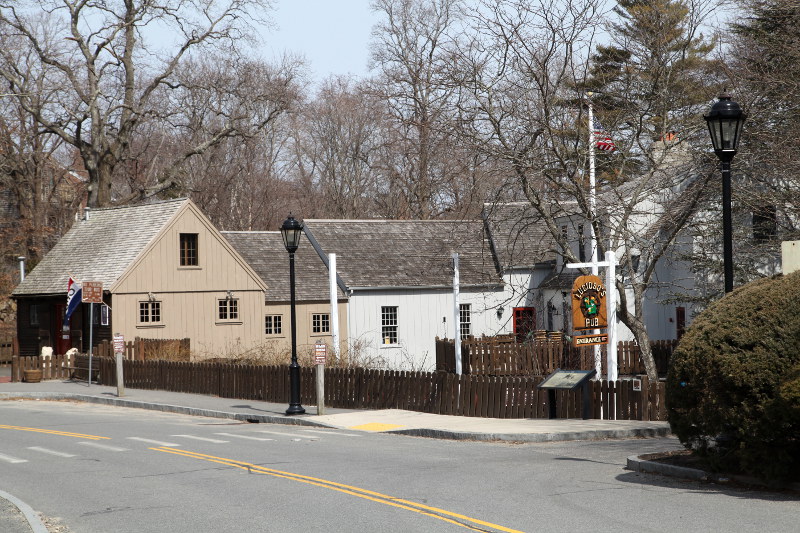Previous: The Pilgrims and the Mayflower and Plimoth Plantation.
After learning from their failure with sending the Mayflower and Fortune to Plimoth in the winter (hopefully), the Merchant Adventurers (the investment group funding the Pilgrim’s settlement) sent two more ships with (estimated) 90 passengers to the colonies in the summer of 1623: The Anne and the Little James.
The purpose of this venture was to provide support to the Plymouth Colony. One of the passengers on the Little James was John Jenney, listed in some historical records as the ship’s cooper from Norfolk; and in others as a miller and a brewer. He started the journey with his wife Sarah and children (Abigail and Samuel). Another son was born en route. As such, he was given 5 shares of land in the colony.
Thirteen years later, Jenney gained permission to build a grist mill to help the settlers grind corn; this was not the first attempt to build a mill in Plymouth but it was the most successful. Prior to this, people were mostly grinding corn by hand… a very labour intensive process that took many hours (probably done by women and children).
According to our guide, in local documentation, Jenney is listed as a fair and honest man with little dispute with the people of Plymouth over the generated portions and milling process. He ran the mill until his death in 1644, after which his wife Sarah and son Samuel continued until the mill was taken for legal reasons. The original mill burned down in 1837; what is on-site is a replica built in the 1960s using historically accurate machinery found around the world.
This is a working mill, meaning staff actively grind organic corn using the machinery twice a week on Thursdays and Sundays (as of March 2014 but call 508-746-1622 ext. 8242 to verify because of changes due to environmental flux and demand). The resulting cornmeal is sold in the mill shop.
The water that powers the mill is extremely important to the community and a tour of the facility talks about how the mill impacts the entire ecosystem of Plymouth. Merely moving one wooden flow slat up to slow the amount of water feeding the wheel can flood the river and make it difficult for herring (a protected species) to migrate to the ocean for mating. Because of this, the workers are very conscious of when they need to make changes to the water flow to aid the community and fish.
